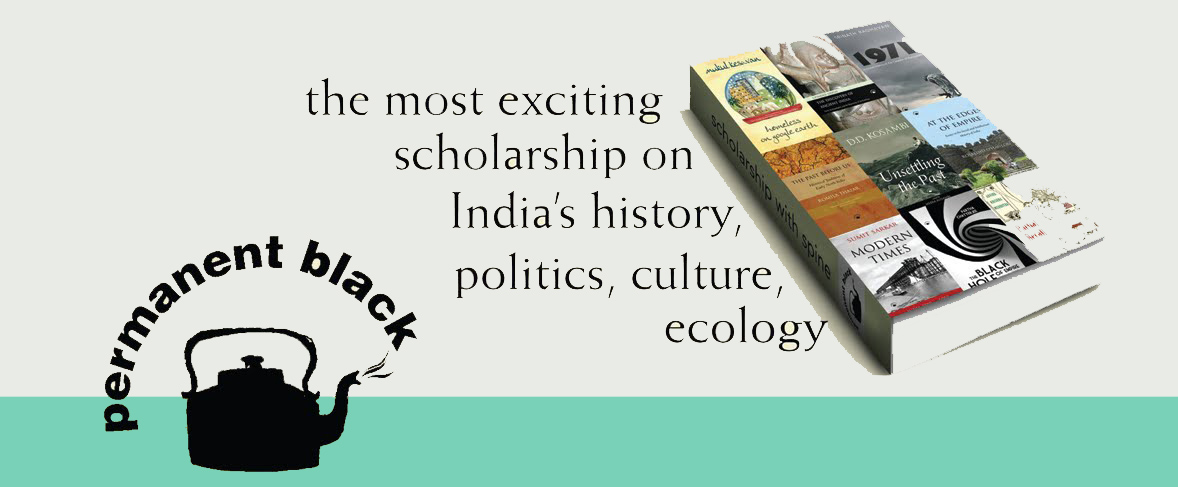Ramnarayan S. Rawat Reconsidering Untouchability Chamars and Dalit History in North India
EXCERPTS FROM REVIEWS
EXCERPTS FROM REVIEWS
'Awarded the Joseph W. Elder Prize in the Indian Social Sciences, Ramnarayan
Rawat’s Reconsidering Untouchability charts a new trajectory for scholarship
on Dalits in North India. Rawat engages two scholarly tasks. The first task is to
interrogate how the Chamar caste came to be associated almost exclusively
with leatherwork. The second task is to reclaim Dalit agency in historical narratives
of “untouched” (acchut) identity movements. Ramnarayan Rawat succeeds
admirably on both counts.
Rawat provocatively opens the discussion with reference to the murder ofRawat’s Reconsidering Untouchability charts a new trajectory for scholarship
on Dalits in North India. Rawat engages two scholarly tasks. The first task is to
interrogate how the Chamar caste came to be associated almost exclusively
with leatherwork. The second task is to reclaim Dalit agency in historical narratives
of “untouched” (acchut) identity movements. Ramnarayan Rawat succeeds
admirably on both counts.
five members of the Chamars caste who were stoned to death for purportedly
poisoning cattle so that they could profit from tanning the hides. This association
between Chamars, leatherwork, and criminality has a long history that Rawat dissects in order to challenge the dominant framework equating caste with hereditary occupation—an “analytic framework” that has only served “to obscure and erase history ...”' -- Mathew N. Schmalz in Journal of Asian Studies
' ... his argument begs to be heard as he offers a new perspective on the history of India, particularly its colonial and national past. The keen connection of socio-historical description, political awareness and moral argument is striking. The recent political success of Dalit movements is placed into a broader perspective and made comprehensible as the Chamars have been advocating a change in identity politics for much longer than most intellectuals have been aware. This book will have a major impact on the understanding of Chamars but can be viewed more broadly as exemplifying scholarship which uncovers the stigmatization of minorities and rewrites their history.' -- Andre Munzinger in the SOAS Journal
'Rawat's questioning of the occupational stereotype that has underscored anthropological and historical accounts where every Dalit caste is de ned solely in reference to a supposedly impure occupation that provides the basis for their untouchability is a deft move and certainly needs to be taken seriously. An intellectual genealogy of caste and untouchability cannot come about as a simple laterality; and it is definitely as raising the Chamars' approach to such questions in an exceptionally informed and admirably clear manner that I would commend Rawat's book.' -- Sasheej Hegde in H-Net
'Rawat’s reading of the history of Chamars in north India provokes us to rethink the agrarian and labor history of the region. It highlights the possibilities of Dalit
Studies and its potential to complicate, nuance, and challenge entrenched shibboleths of historical change in South Asia. -- India Review, vol. 11, no. 3, 2012.
'the book is a major contribution to our understanding of the subject. It gives enough evidence that the caste system, and its virulent strain, untouchability, might not be "age-old" if not invented by the colonial state, at least the system had acquired its current shape during the past couple of centuries. In a way, the rise of the BSP, governing on its own in UP, vindicates Rawat’s version of the Chamars’ recent history.' -- Contemporary South Asia, vol. 20, no. 2, 2012.
PRAISE BY EMINENT SCHOLARS
‘A milestone in the study of caste. Based on a wealth of archival, vernacular, and ethnographic sources, Rawat reformulates questions of untouchability, impure occupation, and identity, and reveals a previously unrecognized history of Dalit political mobilization in North India dating back to the 1910s and 1920s.’— Gopal Guru, Jawaharlal Nehru University
‘A milestone in the study of caste. Based on a wealth of archival, vernacular, and ethnographic sources, Rawat reformulates questions of untouchability, impure occupation, and identity, and reveals a previously unrecognized history of Dalit political mobilization in North India dating back to the 1910s and 1920s.’— Gopal Guru, Jawaharlal Nehru University
‘A wonderfully full and enlightening book which opens
up a critical aspect of Indian social history.’—C.A. Bayly, Cambridge University
Often
identified as leatherworkers or characterized as a criminal caste, the Chamars
of North India have long been stigmatized as untouchables. In this pathbreaking
study, Ramnarayan S. Rawat shows that in fact the majority of Chamars have
always been agriculturalists, and their association with the ritually impure
occupation of leatherworking has largely been constructed through Hindu,
colonial, and postcolonial representations of untouchability.
Rawat
undertakes a comprehensive reconsideration of the history, identity, and
politics of this important Dalit group. Using Dalit vernacular literature,
local-level archival sources, and interviews in Dalit neighborhoods, he reveals
a previously unrecognized Dalit movement which has flourished in North India
from the earliest decades of the twentieth century and which has recently
achieved major political successes.
Ramnarayan S. Rawat is Assistant Professor of History at the
University of Delaware.
This book won the Joseph W. Elder Prize in the
Indian Social Sciences, American Institute of Indian Studies.
Hardback / 292pp / Rs 695 / ISBN 81-7824-355-5 / South
Asia rights / May 2012
Copublished with Indiana University Press


Comments